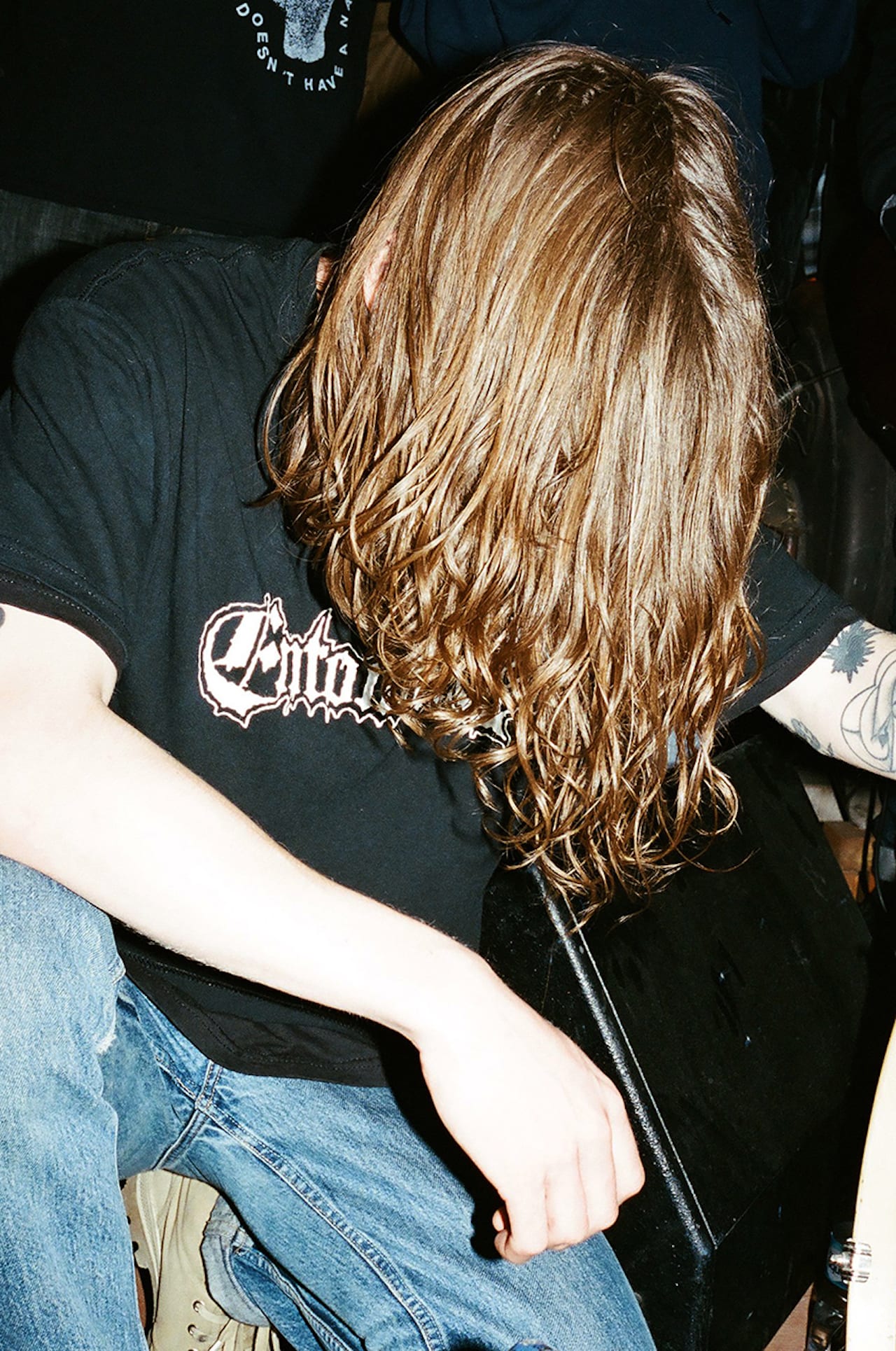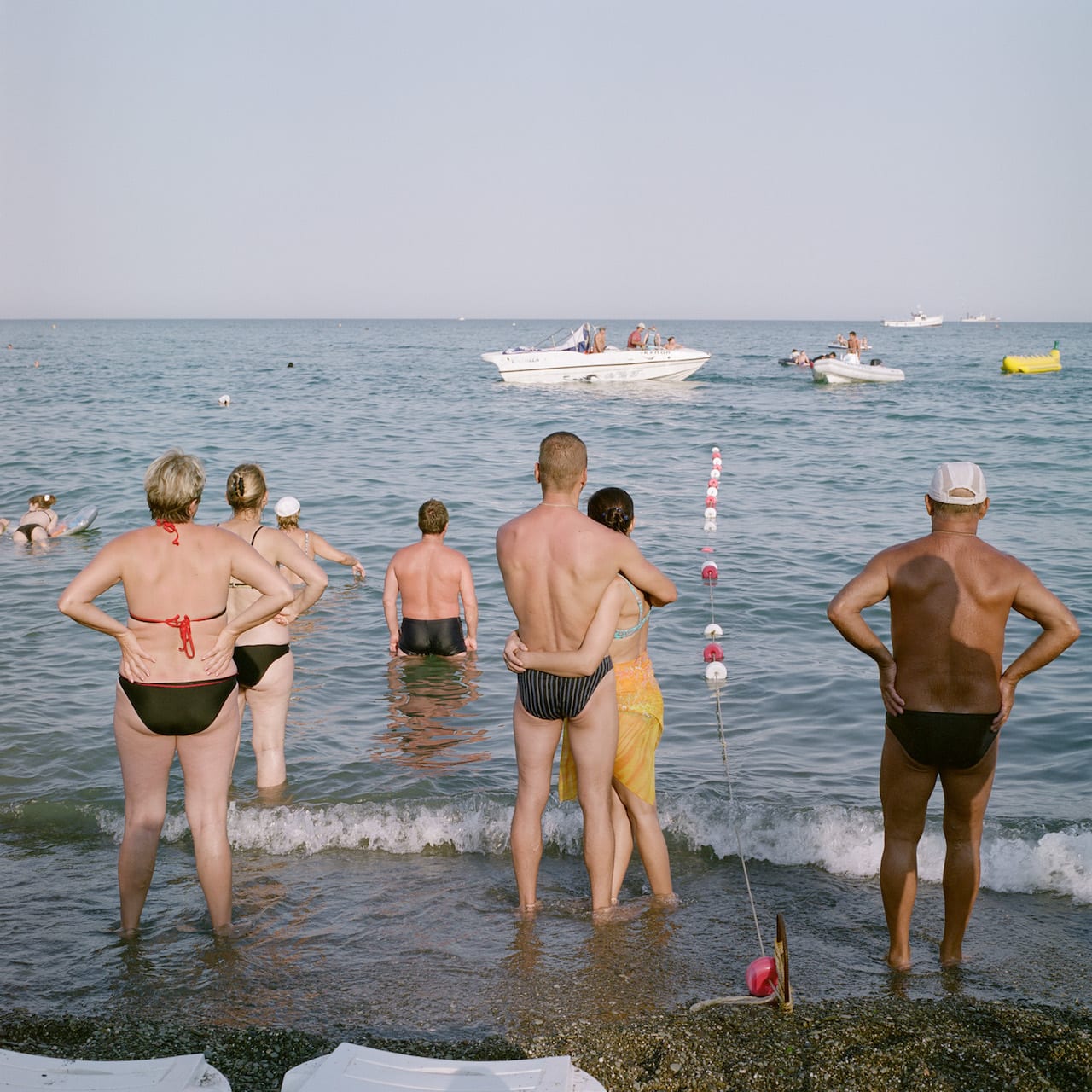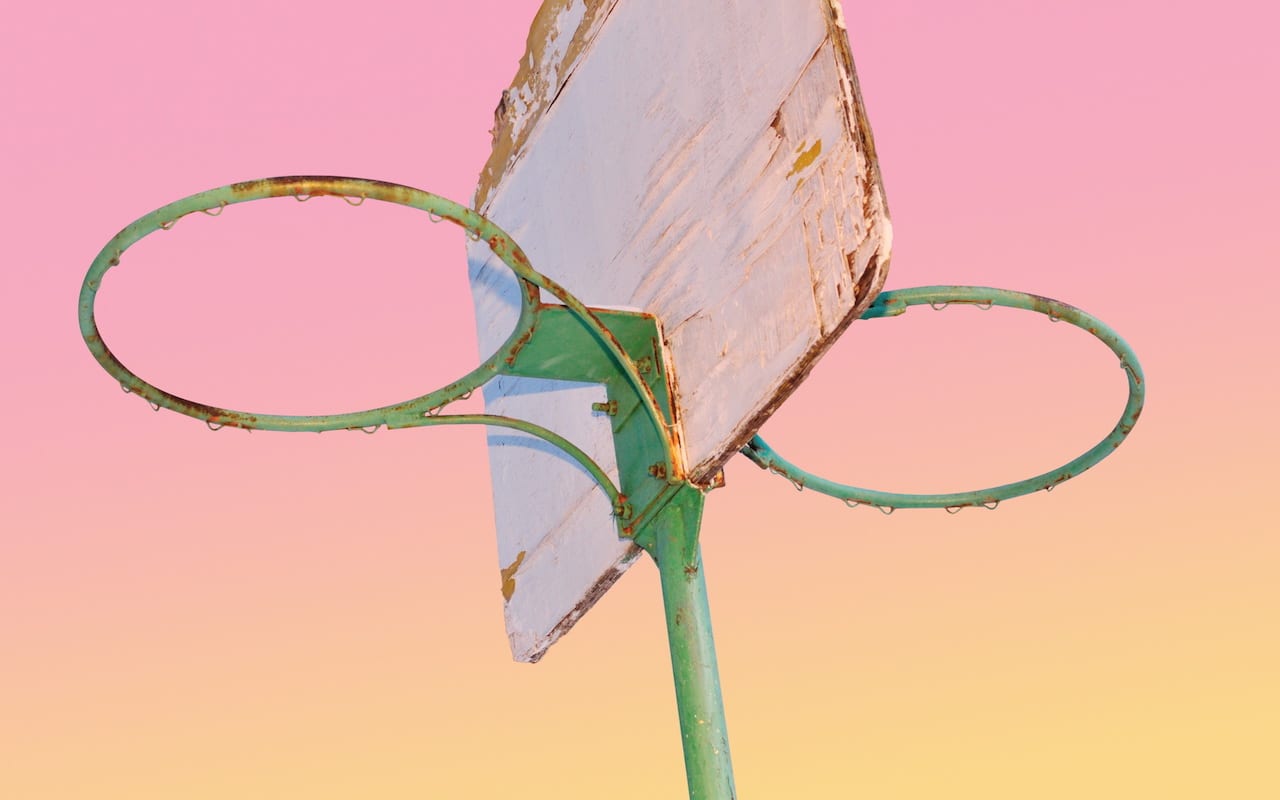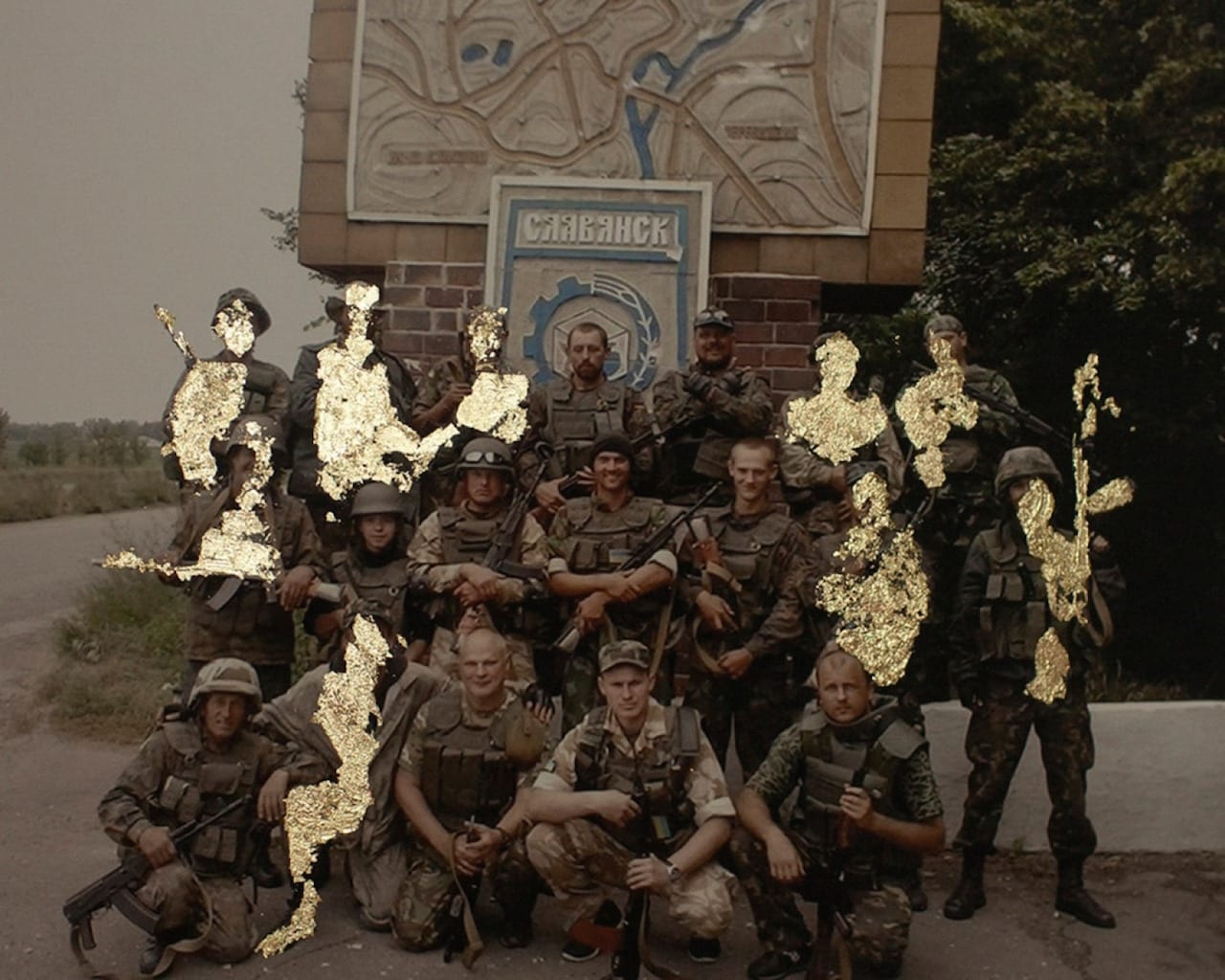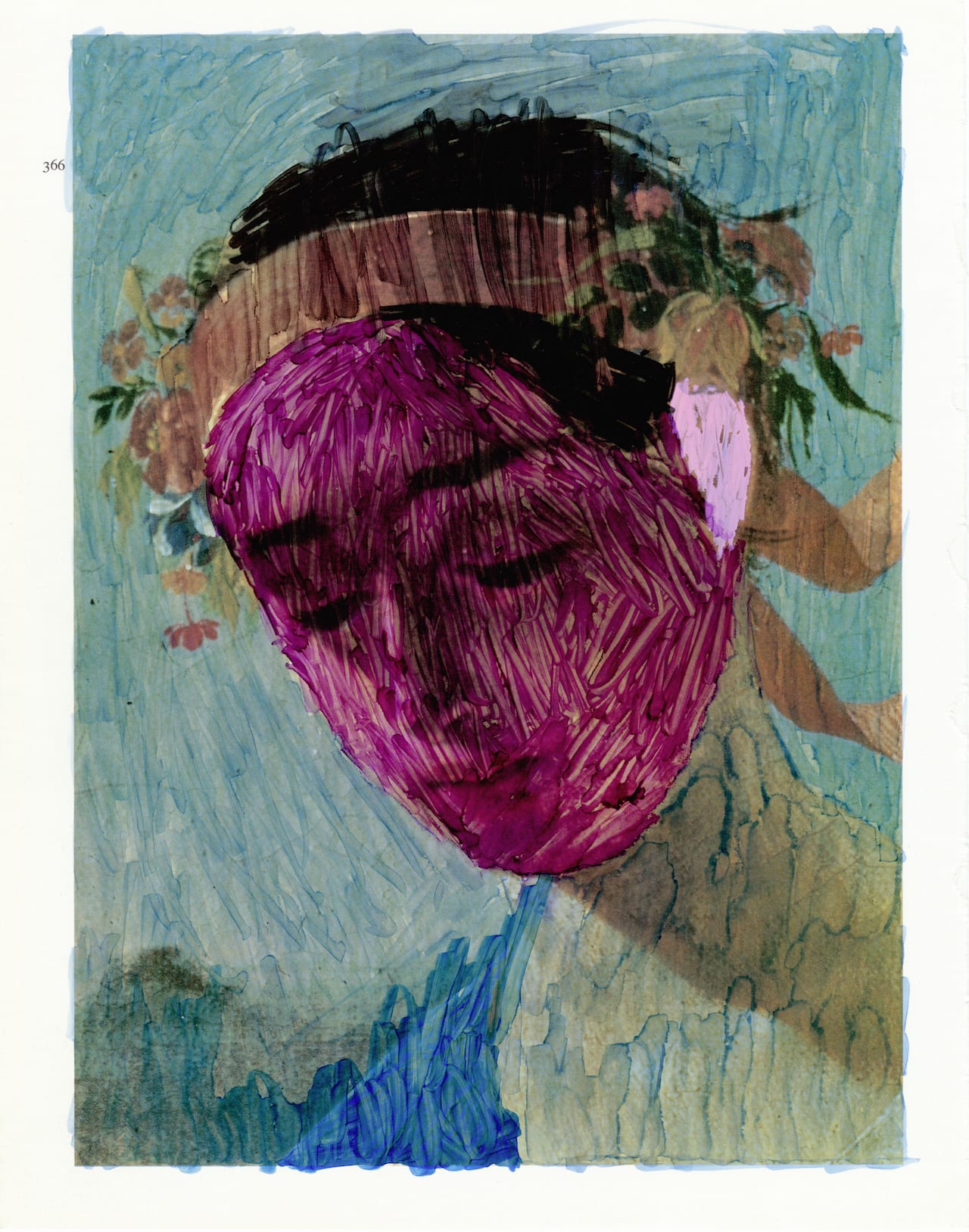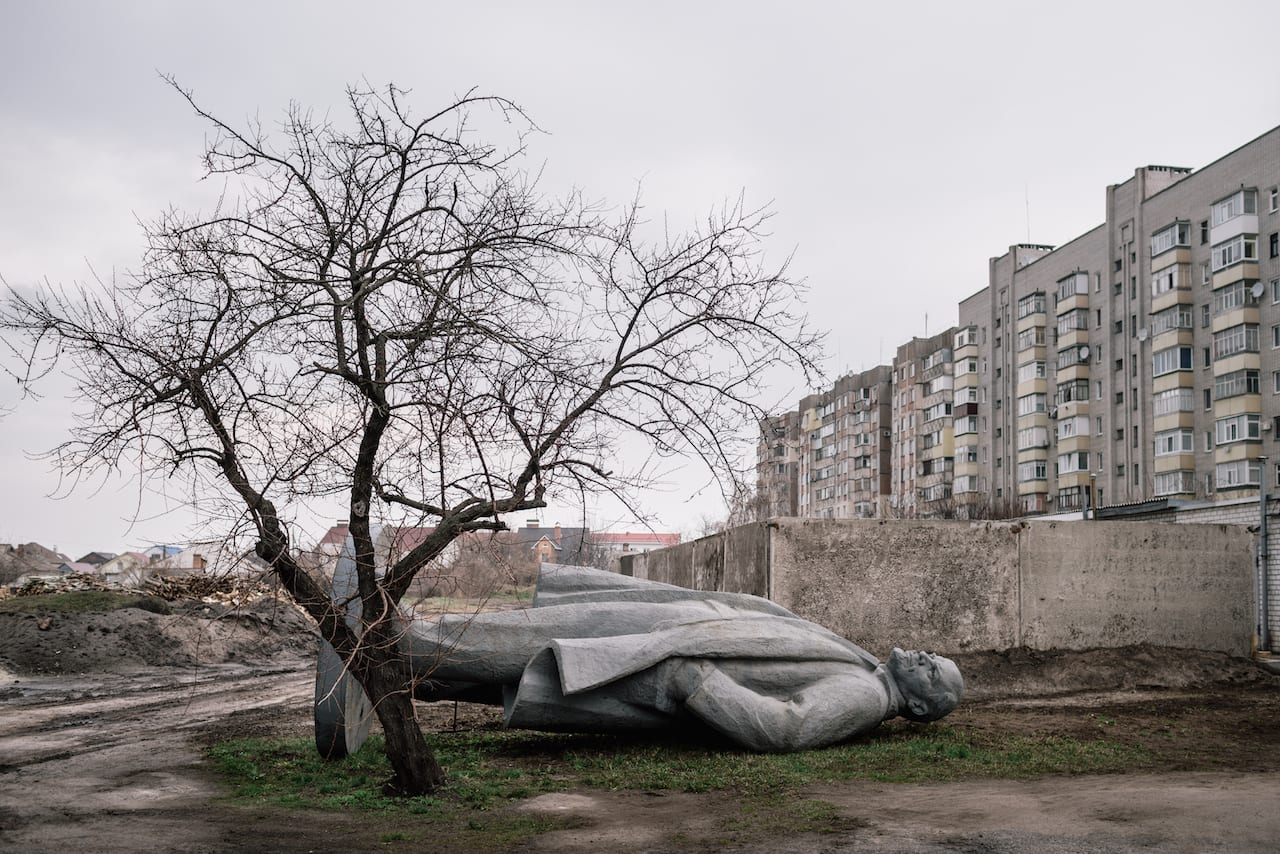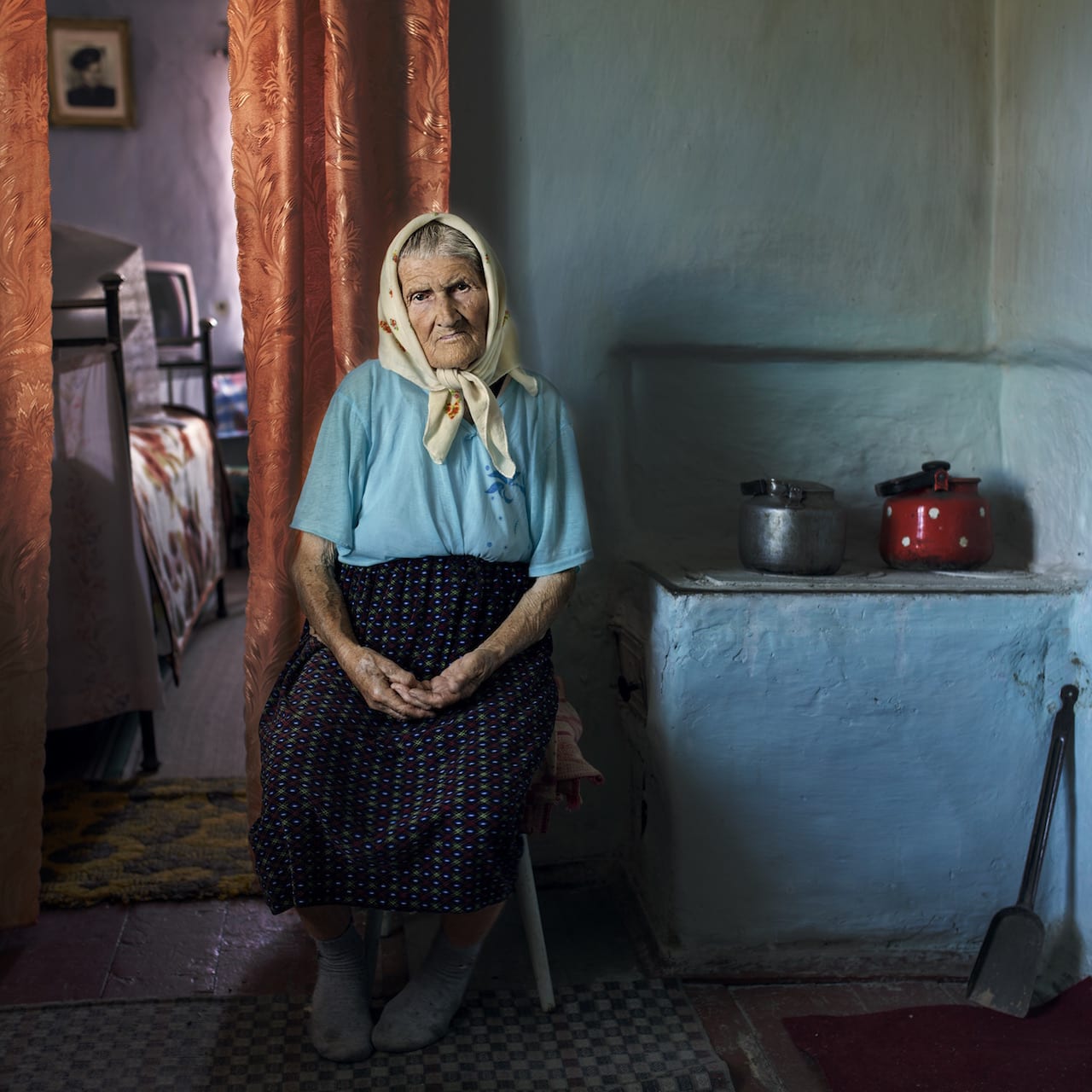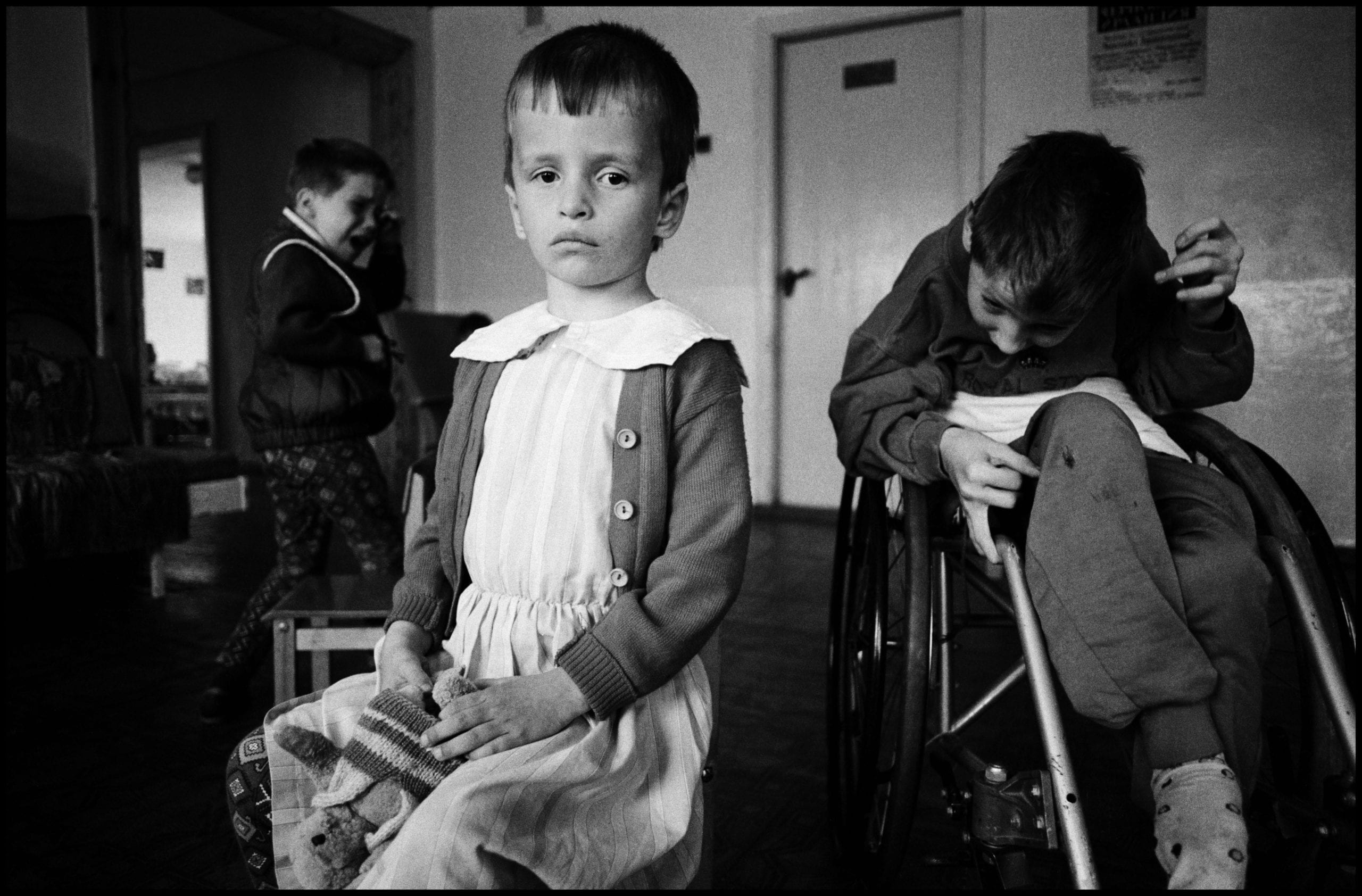“The Soviet Union left a great heritage in various manifestations from architecture to people’s thoughts, and some are struggling to understand the new times,” says 22-year-old Ukranian photographer Vladyslav Andrievsky. “Often, because of this, the youth is struggling to find common ground with the elders.
“It’s obvious that there were many limitations when it came to one’s life or freedom. Today, when thinking about the Soviet Union, we are visualising it the way it could have been, not the way it was. Of course the fact that somebody could have been killed for a painting or a thought is shocking and devastating. Still, we are left with an enormous cultural heritage like art, literature, music, films, and we truly value that.
“Owing to people like Boris Mikhailov we can try to understand what life was like back then,” he continues. “In his book Case History he is showing homeless people like heroes, who are giving their lives for the brighter future of the new generations. As a young person I don’t want to be a let-down. I don’t want to upset Boris.”

